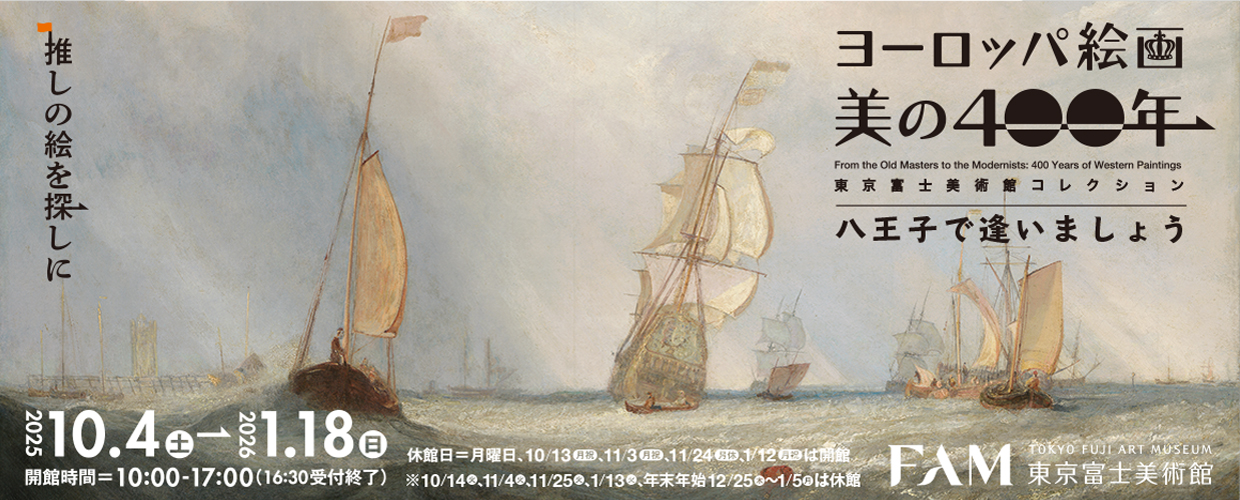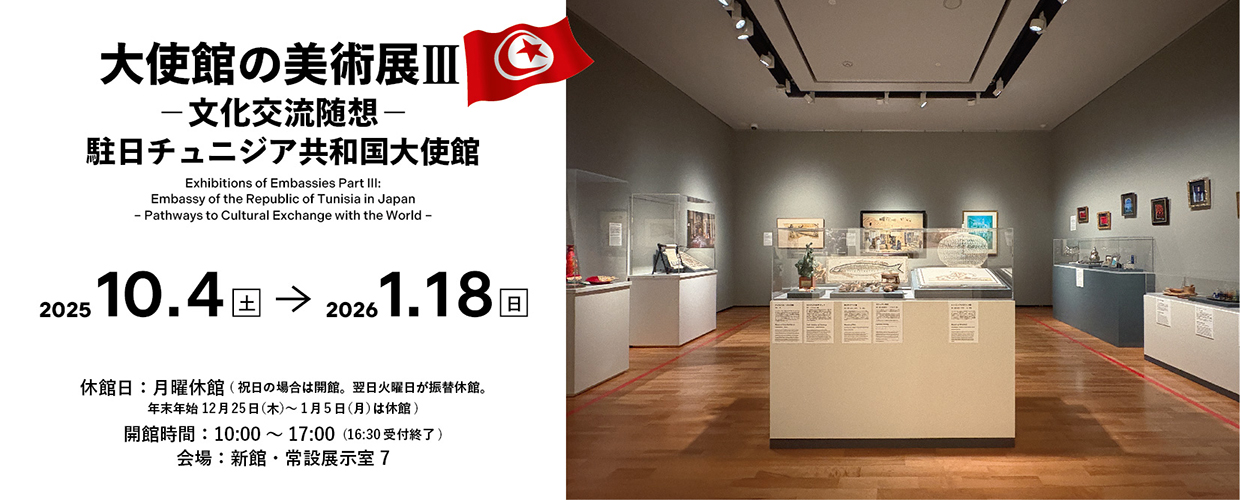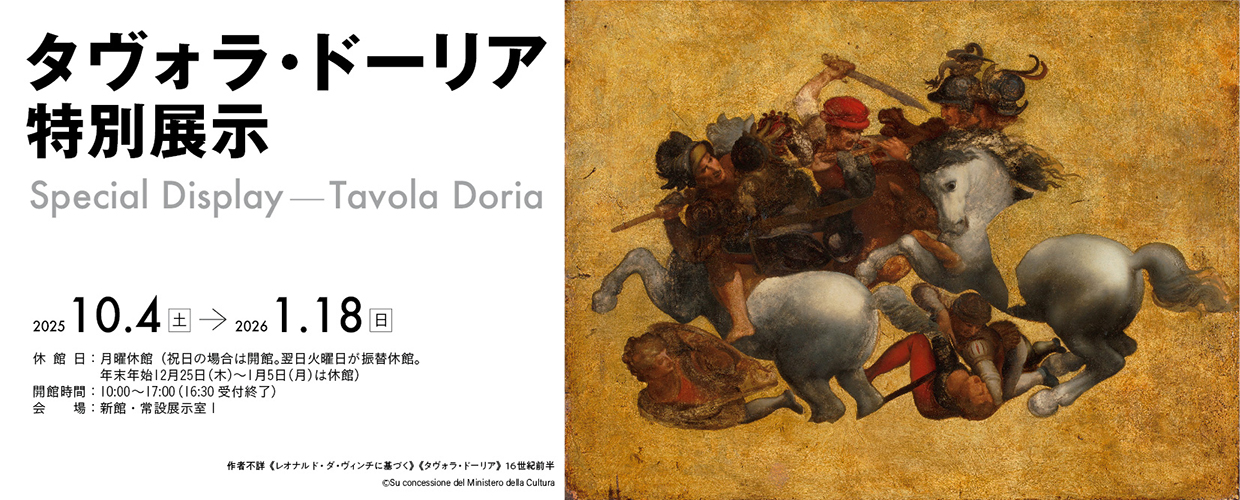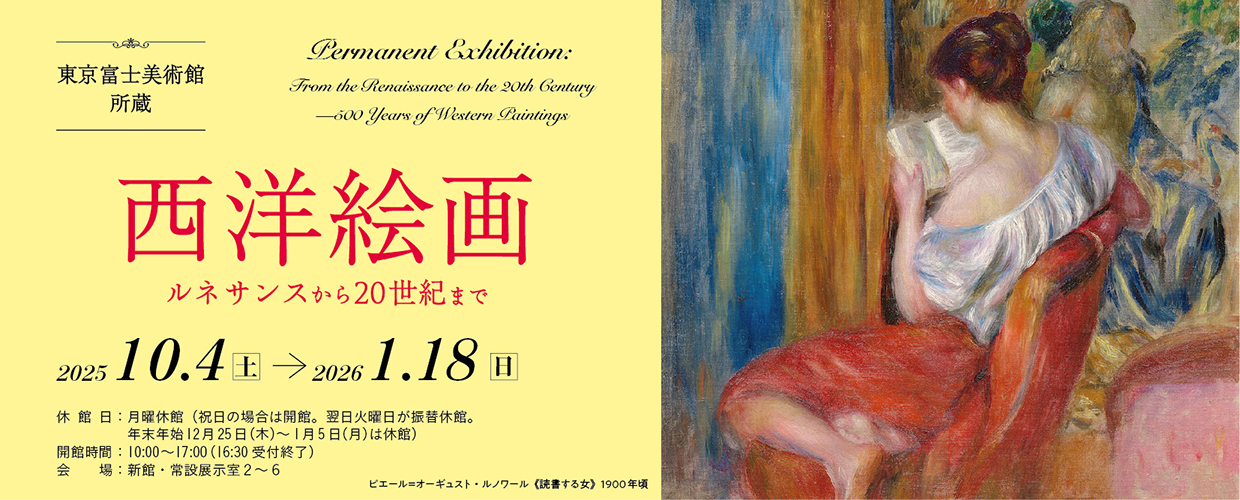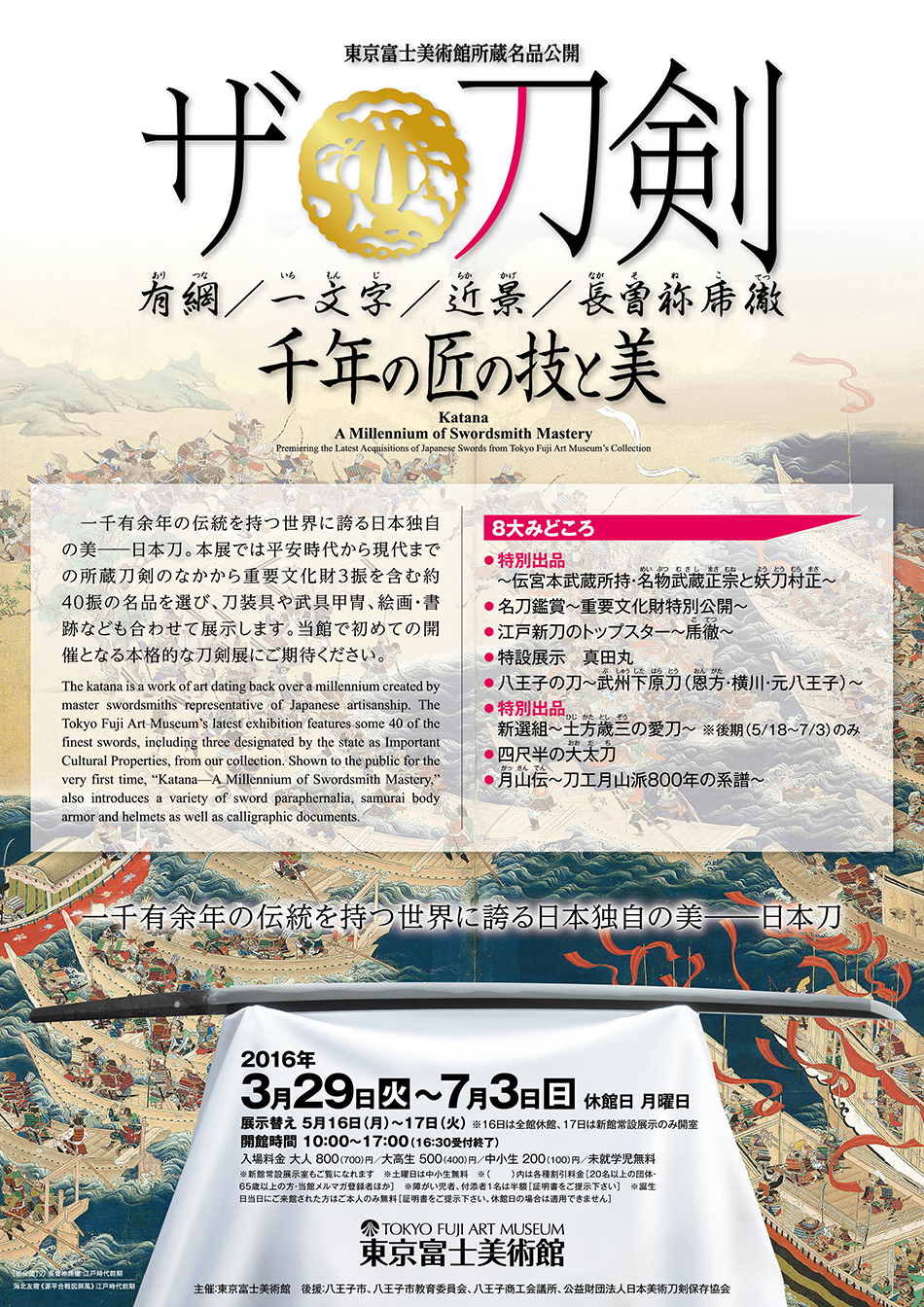

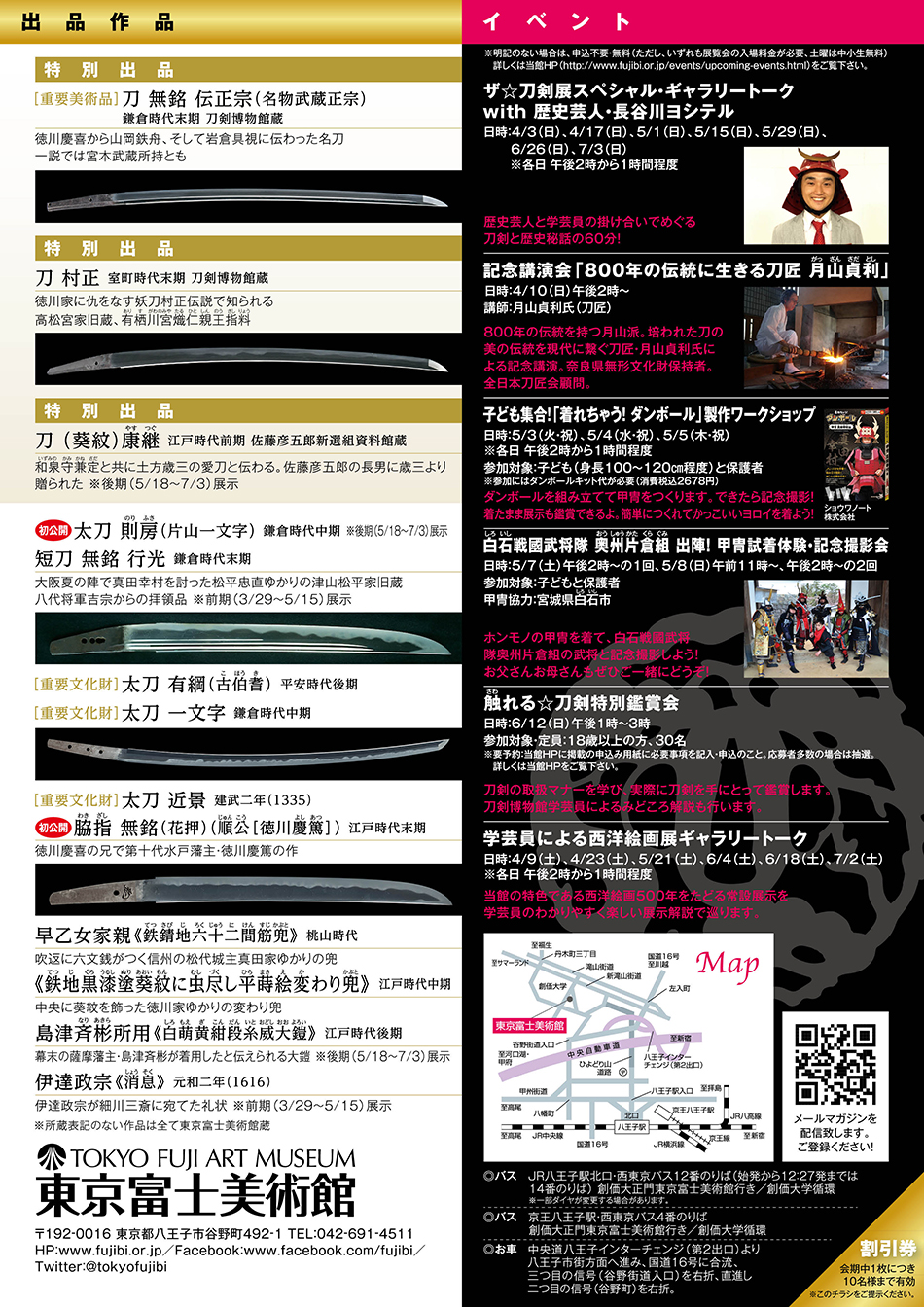
Katana—A Millennium of Swordsmith Mastery: Premiering the Latest Acquisitions of Japanese Swords from Tokyo Fuji Art Museum’s Collection
Exhibition Period Tuesday, March 29 - Sunday, July 3, 2016
Closed : Mondays (except on holidays, then closed on Tuesday)
Open : 10 a.m.-5 p.m. (Reception closes at 4:30 p.m.)
Venue : Special Exhibition Galleries 1-4 in the Main Building of Tokyo Fuji Art Museum
Host : Tokyo Fuji Art Museum
Patronized by : Hachioji City; Hachioji City Board of Education; Hachioji Chamber of Commerce and Industry
OVERVIEW
The Japanese sword is as much a work of art as it is a martial instrument, meticulously developed by proud master artisans over the course of more than a millennium. In honor of their aesthetic achievement as well as their craftsmanship, the Tokyo Fuji Art Museum has organized Katana—A Millennium of Swordsmith Mastery. This exhibition features some 40 of our finest masterpieces—three of which are nationally designated treasures—that were created from the eleventh century to the present from our collection of swords. Swords in Japan were first crafted after ironware was imported from the Asian continent, with its distinctive ridged and gently arching blade first seen during the end of the Heian Period (794-1185) and perfected by Houkinokuni Yasutsuna, the master swordsmith of the day. The oldest work in the Museum’s collection is a tachi sword created by Aritsuna, whom is believed to be Yasutsuna’s grandson, dating back nearly one thousand years and which the government has recognized as an Important Cultural Asset. Katana—A Millennium of Swordsmith Mastery also includes a priceless tachi forged by Masatsune, a renowned swordsmith who lived at the start of the Kamakura Period (1185-1333). It was during the Kamakura Period, when Japan was ruled by the samurai caste and its Bushido warrior code had taken firm root, that the Golden Age of Japanese swords had begun. The aesthetic ethos of the Kamakura samurai spurred advances in forging and tempering techniques across the country, spawning a series of master swords created by various orders in such provinces as Yamashiro, Yamato, Bizen and Sagami. One order in Bizen in particular, the Fukuoka Ichimonji, had gained critical acclaim for its beauty and proprietary style at the time. A tachi engraved with the Japanese character “Ichi,” crafted when Fukuoka Ichimonji was at its most ascendant, now belongs to our collection, a work that also has been recognized as a national asset. Among the other notable swords of antiquity in our collection are two tachi forged by the Kamakura Ichimonji and Katayama Ichimonji orders, as well as a short tanto sword created by another Bizen order. In the Namboku-cho era that followed the Kamakura Period, demand for longer, more imposing Japanese swords—some reaching some 90 centimeters (nearly three feet) in length—intensified, fanned by the flames of civil war. The tachi created by Chikakage, a protégé of the master swordsmith Nagamitsu, is representative of this era and the third sword in our collection to earn the Important Cultural Asset designation. In contrast to the constant turmoil and strife of preceding eras, the Edo Period (1603-1868) was characterized by centuries-long peace and stability. It was an era in which the shogunate, or military regime, had mandated that only the samurai were permitted to wear the long-blade Japanese sword—which had since transitioned from the tachi to the katana—with a shorter sword, a pairing known as the daisho. Thus, swords gradually evolved from being weapons of war to cherished ornaments indicating social status or presented as expensive gifts. And while the lords of regional provinces employed the services of various swordsmiths, a great majority of the orders were located in Osaka or Edo, or modern-day Tokyo. Our Museum’s collection has several works from the period, including a short wakizashi sword created by Mito lord Tokugawa Yoshiatsu (1832-68). This exhibition, the first organized by our Museum dedicated exclusively to Japanese swords, has been specially developed to provide viewers with a rare experience—to see swords up close, enabling them to appreciate the beautiful temper pattern etched on each blade. Also on display are sword paraphernalia, battle gear like helmets and body armor, exquisitely painted folding screens and picture scrolls, ukiyo-e woodblock prints and other paintings of battle scenes and warriors as well as written materials, all which help capture the mood and milieu of Japan’s millennium-long samurai sword culture.
FEATURED
There are no featured articles.
EVENTS
There are no events scheduled. Please check past events by clicking the [View list] button.
UPCOMING EXHIBITIONS
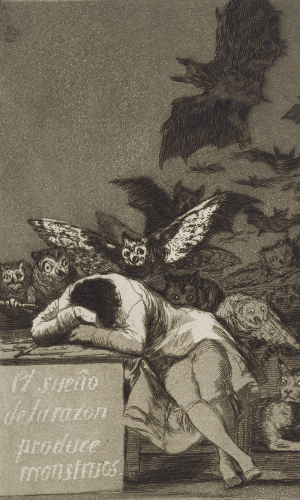 Exhibition of Our Collection
Exhibition of Our Collection The Four Major Print Series of the Spanish Master, Goya
 Other Exhibition
Other Exhibition Exhibitions of Embassies Part IV: Pathways to Cultural Exchange with the World
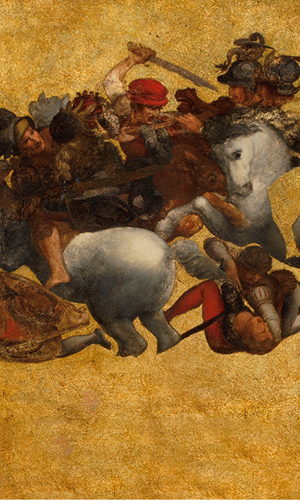 Permanent Exhibition
Permanent Exhibition Special Display—Tavola Doria
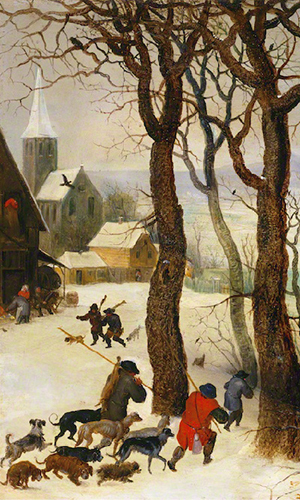 Permanent Exhibition
Permanent Exhibition Permanent Exhibition: From the Renaissance to the 20th Century – 500 Years of Western Paintings
 Special Exhibition
Special Exhibition Commemorating the Donation of the Kanbe Collection The Reviving Spirit of Ukiyo-e: From Meiji Era Kaika-e to Shin-hanga
 Special Exhibition
Special Exhibition This is SUEKI-Ancient Vessels,Timeless Forms-
 Special Exhibition
Special Exhibition Renoir and Japan
